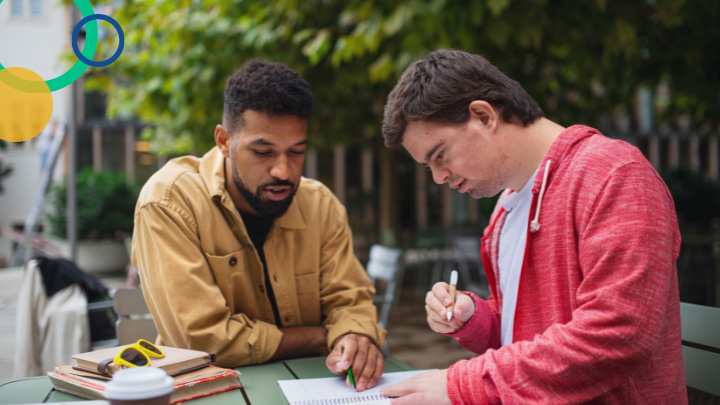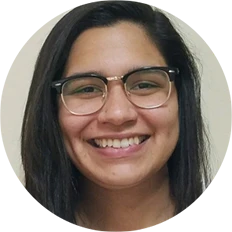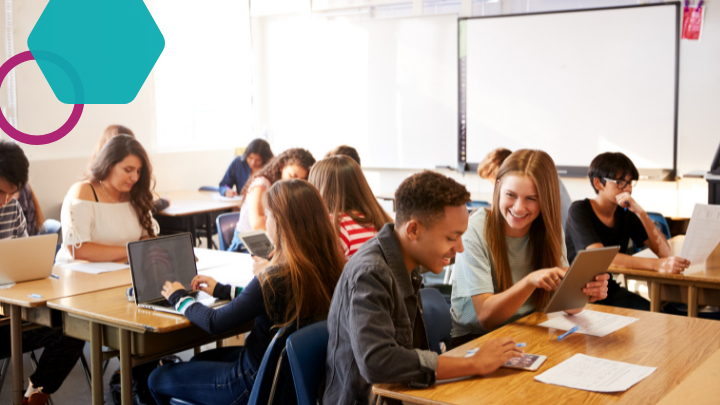Many students with disabilities face challenges that others may not understand or recognize.
Explicitly addressing staff mindsets and frameworks, particularly around students with disabilities, is most effective when adopted and authentically modeled, discussed, and reinforced at both the district and school level. School leadership is perfectly positioned to be the facilitator of these changes through intentional (and sometimes subtle) education campaigns and shifts in language and action within/for their school communities.
So how can district-level-leaders, administrators, and educators ensure that classroom and school cultures are inclusive, responsive, and supportive spaces of learning for our students with disabilities? There are a few steps you can take to begin building (or continue growing) your school’s culture of inclusivity.
Normalize differences big and small
Acknowledge that all people (both students and teachers) learn differently, have different strengths and preferences, and are operating with different skill levels in all content areas. This is true of both “neurotypical” people and those who have been labeled/diagnosed as disabled.
Model facilitating tasks with teachers that they can bring back to their classroom. This could include offering choice (in the way the task is learned, completed, or presented) while also creating space for student voice and varying levels of support throughout the process.
Reflect on the language you use when you speak about students with disabilities , students who struggle, and students who have low grades and/or attendance issues. Consider the impact your language can have on teacher language and the trickle-down effect this can have on student learning.
Empower teachers to shift their thinking and classroom practices
Over the course of my instructional career, I worked in schools that believed zeros should be assigned for all missing assignments. This makes sense on a surface level: Why should students be given credit for work they did not complete? However, when students are frequently and consistently given zeros for incomplete or missing assignments, the impact is disproportionately felt by students with disabilities, students who come from challenging personal or academic backgrounds, students who struggle with attendance, and students for whom English is not their first language. Once students start to see an accumulation of zeros in the gradebook, they begin to feel helpless and disincentivized to continue to put forth effort and are sometimes not sure where to even begin to get back on the right track.
But by supporting teachers in exploring meaningful changes that can be made to their classroom structure, you will find that you are building a more responsive and supportive environment for students who may require additional (social, emotional, academic) support.
For example, rethink policies like giving zeros and support teachers in developing sustainable systems to get students back on track when returning from extended absences or leading a school-wide self-reflection and inquiry about equity-based grading practices.
Create a culture of self-reflection
For teachers
Offer teachers the opportunity to self-reflect on the ways they are currently and would like to be exercising instructional discretion for equity and promoting equitable grading practices.
For administrators
Offer leadership and administrative teams the opportunity to self-reflect on how they are developing and evaluating rules with an equity lens as well as how they can best support their staff in building equity awareness and capacity. Ensure that key stakeholders are providing equitable course offerings as a framework for future semester course planning.
Implement trauma-informed practices
Students can’t learn if they don’t feel safe. Students don’t learn well when they have endured or are enduring extended periods of single or multiple traumatic events. Students’ brains are also not fully developed, and they are not always equipped with the coping strategies and words to articulate their feelings, emotions, needs, or concerns. These can often manifest themselves in a variety of (seemingly unrelated) ways. The more we do as teachers and leaders to know our staff and our students, the more equipped we will be with understanding, relationship strength, and the skills to meet everyone where they currently are.
Teachers deserve trauma-informed support, too. Train all staff in trauma-informed practices and maintain ongoing professional development with recent research and implications for students. Learn more about trauma-informed practices and strategies here.
This work of teaching and leading is most successful when all invested parties are actively engaged in ongoing reflective and co-creative processes regarding the inclusion and treatment of students with disabilities. This requires not only awareness but an outward and transparent commitment to care for all our learners, including those who have disabilities.
Further Reading
The more you know about best practices for students with disabilities, the more you’ll be able to act as a resource and sounding board for your teachers. Here are a few of my favorite sites to learn more about developing responsive, respectful, inclusive spaces for all learners
- Learning Disabilities Association of America has suggestions with specific resources organized by each disability.
- Browse teaching strategies to help learners with disabilities.
- Read more about disabilities-inclusive education policies.
Learn more ways to support students with disabilities using BetterLesson strategies and through educator professional development with BetterLesson.







